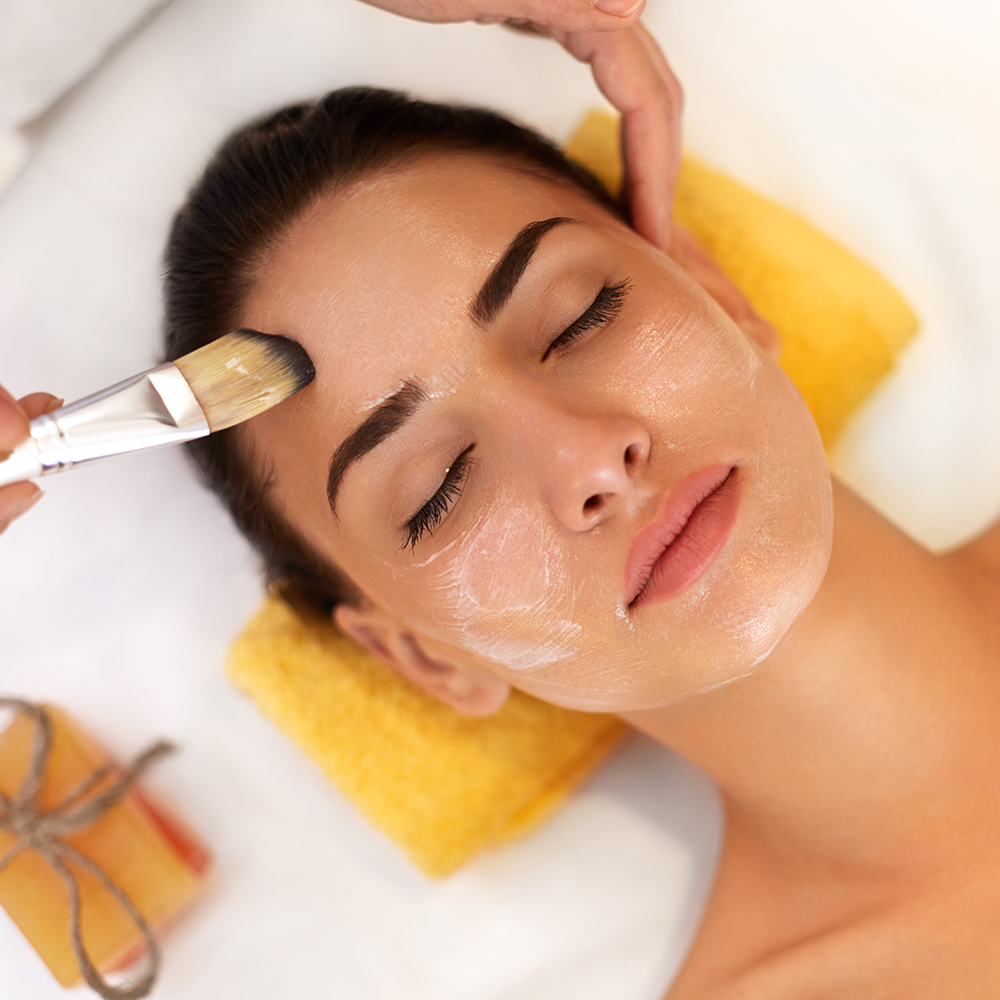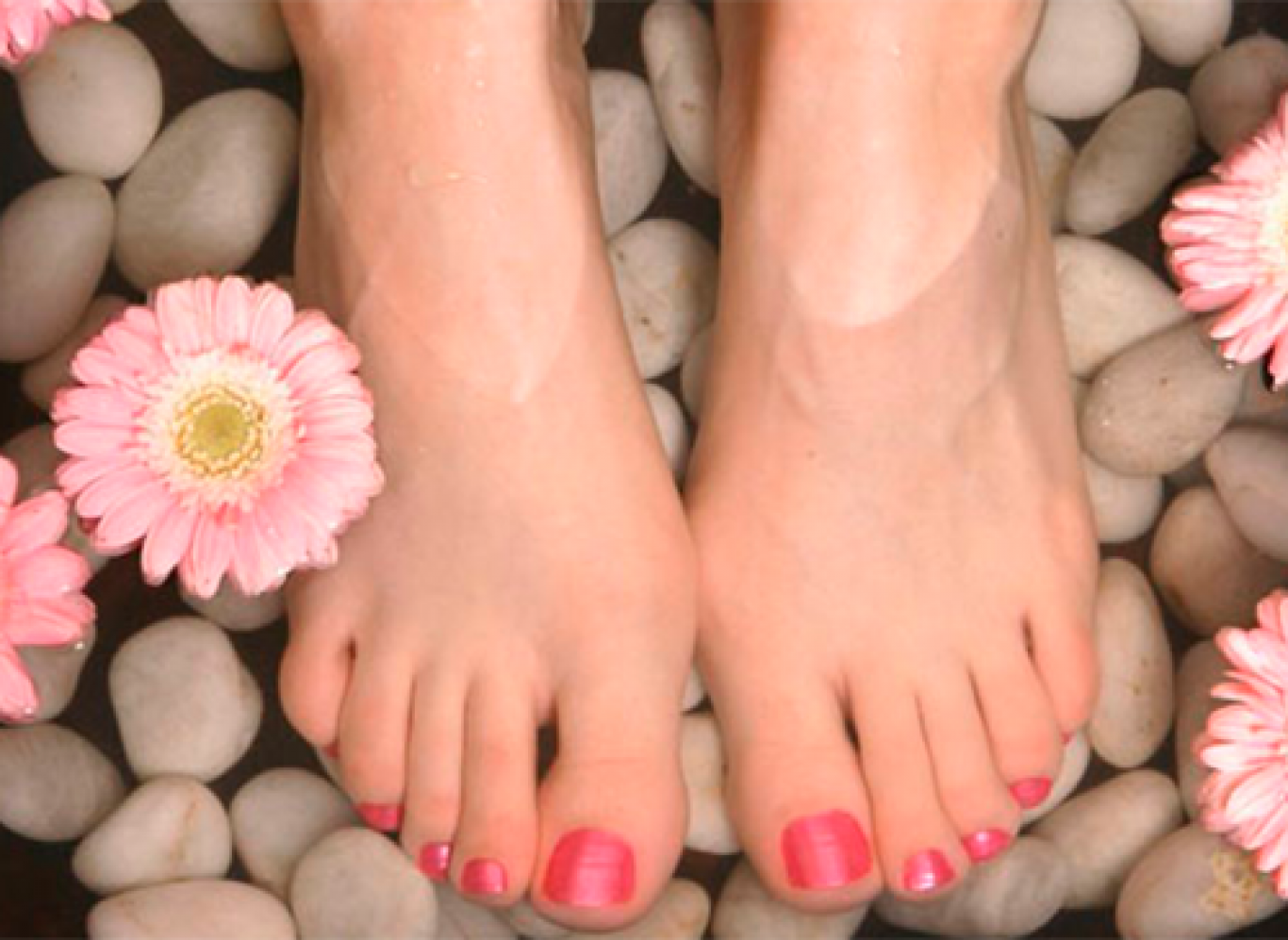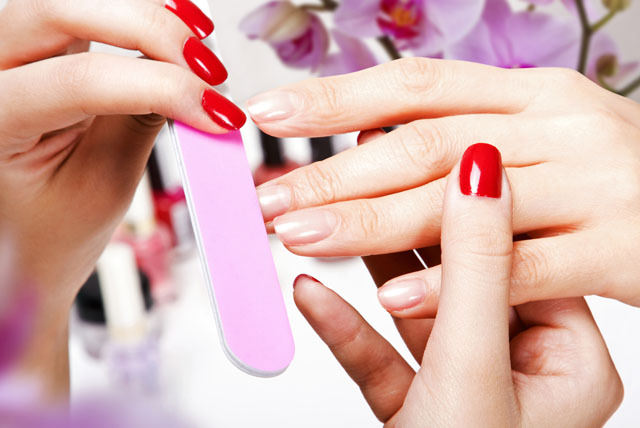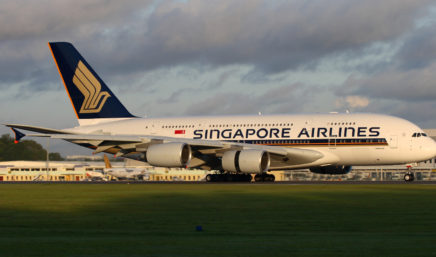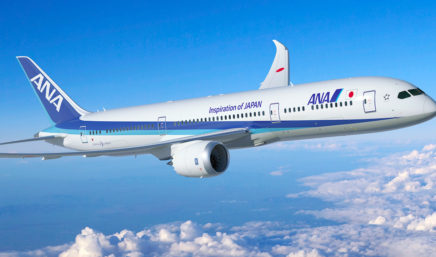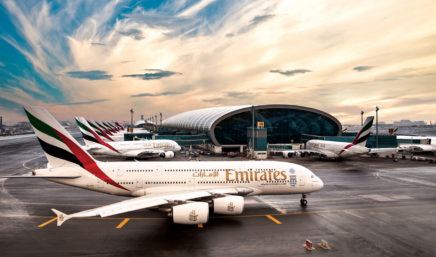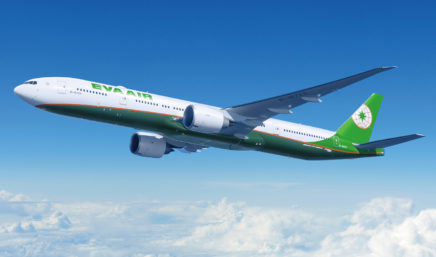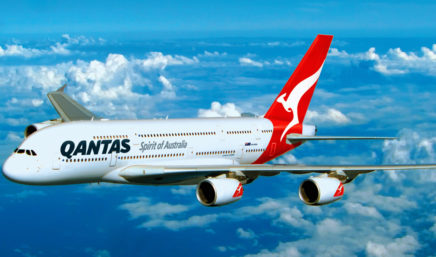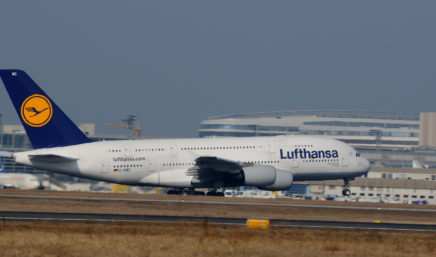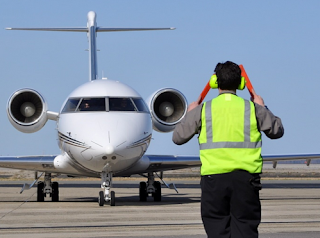Dry Skin Type
If you have dry skin, you may feel a tightness in your skin. There may also be scaly patches
or flaking. Those with dry skin generally have almost invisible pores, and may suffer from
premature wrinkles and regular irritation to the skin.
What Causes Dry Skin?
The cause of dry skin can be attributed to a variety of factors. For some, dry skin is
hereditary, as genetic predispositions can affect the amount of sebum produced in the
skin’s oil glands. Sebum is responsible for keeping our skin soft and supple.
Many assume that dry skin is due to a lack of moisture, but the water content of dry skin is
generally found in similar levels to that of oily skin. Adding water to dry skin is actually
counterproductive to treating this skin condition.
The Importance of Moisturizer for Dry Skin
Finding a moisturizer that helps your skin replenish its vibrancy is essential. Those with
dry skin often suffer from slight allergic reactions and tend to benefit from creams instead
of lotions when it comes to moisturizers, as they contain more oil, making it thicker and
more moisturizing. The more oil found in a moisturizer, the better it can absorb throughout
the epidermis’ barriers to help hydrate the tissue. Before adding a daily moisturizer to your
skin regimen, make sure to test it on a small portion of your skin to ensure you don’t have
an allergic reaction.
Avoid Harsh Cleansers
Those with dry skin are generally advised to avoid benzoyl peroxide treatments, as this
further diminishes the amount of oil our glands produce. BioClarity products contain no
benzoyl peroxide and offer replenishing, moisturizing ingredients such as green tea extract
to ensure your skin remains moisturized and supple.


